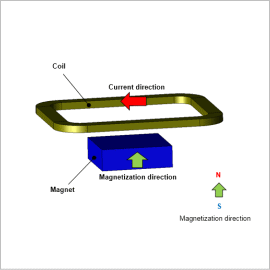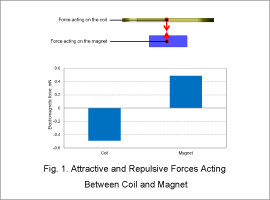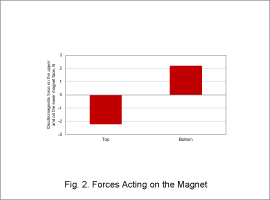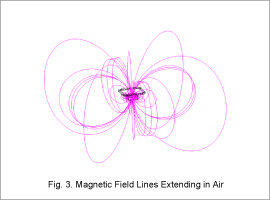*Please prepare a license ID and password for the license administrator.
*It is different from the service for JMAG WEB MEMBER (free membership). Please be careful.
Overview

With the miniaturization of electrical equipment, even effects from very small interactions are a concern. Therefore, it is important to ascertain the magnetic and electromagnetic forces acting on parts. Moreover, in an analysis model where the magnetic circuit extends into the air region, it is necessary to use a sufficiently fine mesh over a large region since obtaining an accurate magnetic field distribution in the air region is directly related to electromagnetic force computation accuracy.
In circumstances such as these, the adaptive mesh function can be used to again subdivide mesh from air region error distribution, and mesh that obtains a high analysis accuracy can be generated. By additionally using electromagnetic force calculation correction methods, it is possible to obtain the electromagnetic force acting between parts that would otherwise be difficult to calculate.
This case study obtains electromagnetic force acting between a coil and magnet using the electromagnetic force calculation correction method and the adaptive mesh function.
In circumstances such as these, the adaptive mesh function can be used to again subdivide mesh from air region error distribution, and mesh that obtains a high analysis accuracy can be generated. By additionally using electromagnetic force calculation correction methods, it is possible to obtain the electromagnetic force acting between parts that would otherwise be difficult to calculate.
This case study obtains electromagnetic force acting between a coil and magnet using the electromagnetic force calculation correction method and the adaptive mesh function.
Attractive Force Acting Between Coil and Magnet

The current flows in a direction perpendicular to the attractive force acting between the coil and the magnet. During such a time, the forces acting between the coil and the magnet are balanced. Fig. 1 shows the attractive and repulsive forces acting between the coil and the magnet.
Forces Acting on the Magnet

Upon confirming the electromagnetic force distribution generated on the magnet shown in Fig. 1, both magnetic forces, one acting on the lower face and the other acting on the upper face of the magnet, differs by 4 order of magnitude from the net force on the entire magnet. The forces acting on the two magnet faces are obtained from the nodal forces.
Since the net force on the entire magnet is obtained from the cancellation of the electromagnetic forces distributed in this way, the electromagnetic force must be computed with very high accuracy. The forces acting on the magnet are shown in Fig. 2.
Since the net force on the entire magnet is obtained from the cancellation of the electromagnetic forces distributed in this way, the electromagnetic force must be computed with very high accuracy. The forces acting on the magnet are shown in Fig. 2.
Magnetic Field Lines Extending in Air

Since magnetic flux lines giving rise to electromagnetic force extend far in the air, accurate computation is required over a wide region. Fig. 3 shows the lines of magnetic force extending in the air.


